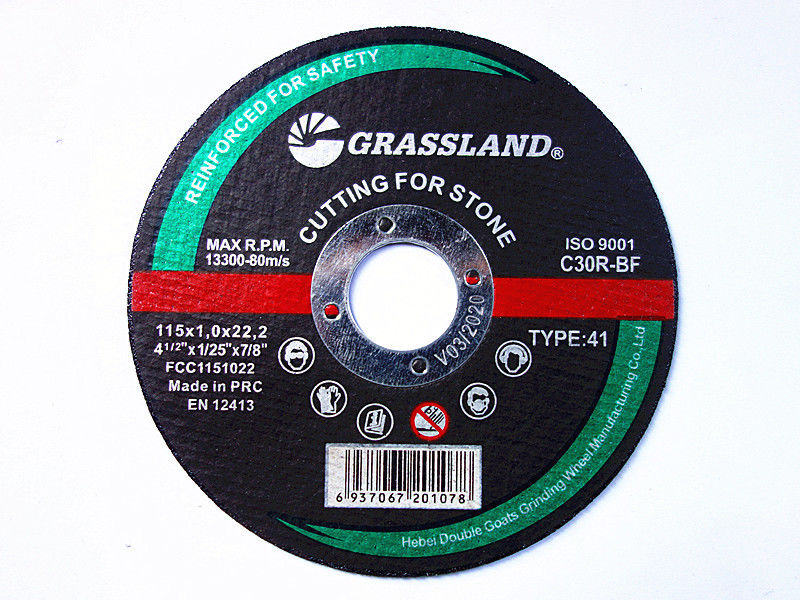The Art and Impact of Stone Cutting Discs
The world we live in today is undoubtedly shaped by the tools and technologies that facilitate our daily tasks, especially in construction and manufacturing. Among these, the stone cutting disc has emerged as an essential instrument, allowing artisans and tradespeople to transform raw stone into finely crafted architectural elements and artworks.
Understanding Stone Cutting Discs
Stone cutting discs, also known as diamond blades, are circular saw blades that feature diamond segments on their edges. These segments are engineered to cut through a variety of materials, including concrete, granite, marble, and other types of stone. The diamonds embedded in the blade allow it to slice through hard materials with precision due to their inherent toughness and hardness.
The composition and design of these discs can vary significantly based on their intended use. For instance, some discs are abrasive, designed for softer stones, while others are segmented to deal with tougher materials, facilitating cooling and debris removal during cutting. The choice of the right stone cutting disc is essential for achieving optimal results and ensuring safety during operation.
The Craft of Stone Cutting
Stone cutting is more than just a mechanical process; it is an ancient craft that has evolved over millennia. The earliest stone workers utilized rudimentary tools made from primitive materials, but today's technology allows for incredible precision that was previously unattainable. This evolution mirrors the progression of human innovation, reflecting our ongoing quest for efficiency and accuracy.
Artisans who specialize in stone cutting often possess a unique blend of skills that combines technical knowledge with artistic flair. They transform blocks of raw stone into intricate designs that adorn buildings, monuments, and landscapes. From grand architectural facades to delicate sculptures, the role of the stone cutter has been vital in shaping our cultural heritage.
The Importance of Safety
disco de corte de piedra

While stone cutting with a disc can yield beautiful results, it is not without its hazards. The process generates substantial dust, which can pose respiratory risks if inhaled, alongside the threat of flying debris. Therefore, the importance of using personal protective equipment (PPE) cannot be overstated. This includes safety goggles, dust masks, and appropriate clothing to prevent injuries.
Moreover, it is crucial to observe best practices when using stone cutting discs. This includes ensuring that the equipment is well-maintained and that the user is familiar with operating procedures. Misuse can lead to significant accidents or equipment failure, which can result in injuries and delays in projects.
Applications Beyond Construction
The application of stone cutting discs extends far beyond traditional construction sites. Industries ranging from art to archaeology benefit from the precision and efficiency these tools allow. Artists utilize stone cutting discs to create sculptures and art installations, seamlessly turning their visions into tangible forms. In archaeology, experts use these tools to carefully excavate and analyze artifacts without causing damage.
Additionally, the rise of DIY projects has democratized access to stone cutting tools. Homeowners and hobbyists are now embracing the art of stone cutting as a means to enhance their living spaces, undertaking projects like patios, countertops, and decorative stones for gardens. This trend not only showcases individual creativity but also reinforces the appreciation for craftsmanship in home improvement.
Environmental Considerations
As with many industries, the production and use of stone cutting discs raise environmental concerns. The extraction of natural stone and the manufacturing processes for discs can have significant ecological impacts. However, advancements in technology have led to the development of eco-friendlier options. For example, some manufacturers are focusing on creating diamond blades that last longer, thereby reducing waste, and sourcing materials from responsible suppliers.
Conclusion
In conclusion, stone cutting discs are pivotal tools that serve various purposes across multiple industries. Their ability to transform raw stone into beautiful and functional objects is a testament to human ingenuity and craftsmanship. As technology continues to advance, the future of stone cutting will undoubtedly evolve, incorporating new methods and materials. Whether it is through the artistry of a skilled artisan or the efficiency of modern machinery, stone cutting remains a practice that bridges the gap between nature and human creativity, leaving a lasting mark on our built environment and culture.
Post time:Nov - 24 - 2024

















